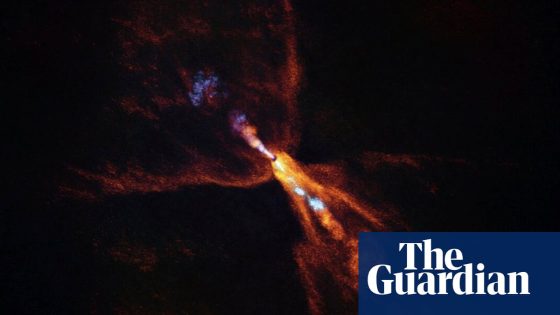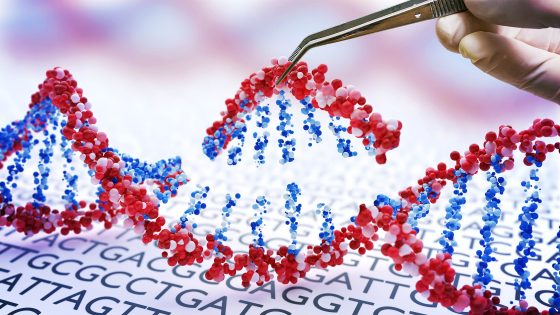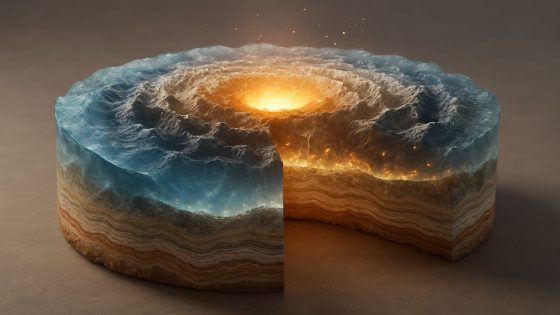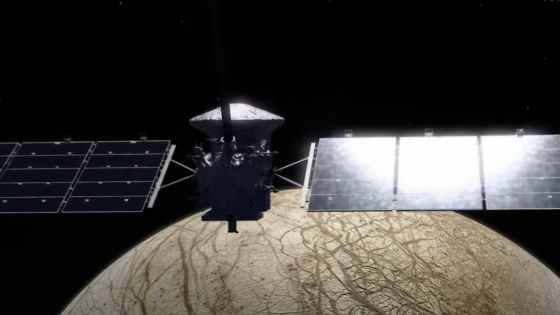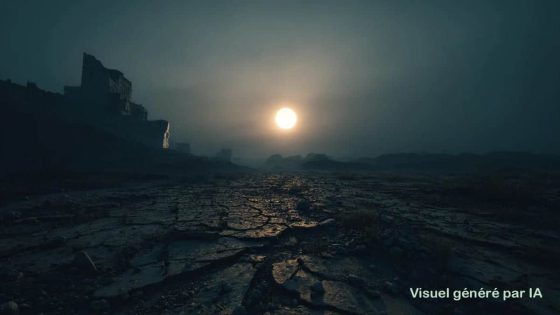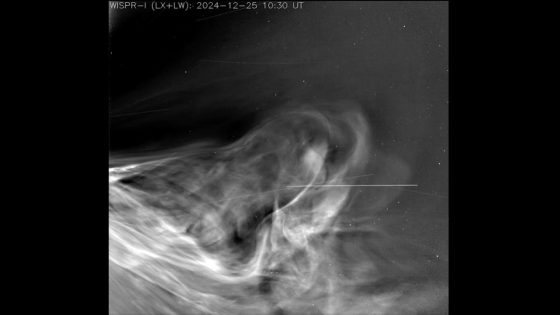Astronomers have made a groundbreaking discovery regarding the earliest seeds of rocky planets forming in the gas surrounding a young star. This finding offers a unique glimpse into the initial stages of planet formation, akin to the dawn of our own solar system. On July 17, 2025, scientists revealed that these observations provide an unprecedented snapshot of “time zero,” when new worlds begin to take shape.
- Discovery of early rocky planet seeds
- Observations from NASA's Webb Telescope
- Hops-315: a young sun-like star
- Evidence of planet formation processes
- Potential for Earth-like planets in the universe
- Importance of studying emerging planetary systems
Led by Melissa McClure from Leiden Observatory, the research team utilized NASA’s Webb Space Telescope and the European Southern Observatory to study the young star Hops-315, which is only 100,000 to 200,000 years old. The study highlights the condensing of solid materials, marking the first direct evidence of rocky planet formation in action.
This discovery raises intriguing questions about the universality of planet formation. Are the processes observed around Hops-315 common across the cosmos, or is our solar system an anomaly? Key points include:
- Detection of solid specks in the gas disk indicates early planet formation.
- Silicon monoxide and crystalline silicate minerals were identified as essential building blocks.
- Similar processes could be occurring in other young stellar systems.
As astronomers continue to explore other budding planetary systems, we may soon uncover whether Earth-like planets are a rarity or a common occurrence in our galaxy. The quest for knowledge about our cosmic neighborhood is just beginning.



